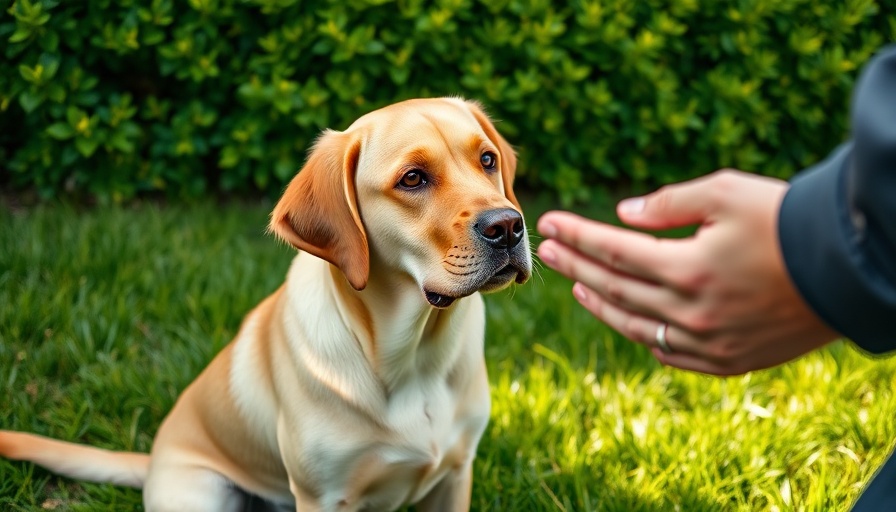
Protecting Your Lawn: Tips Every Pet Owner Should Know
Every pet owner loves their furry friends, but managing their impact on your lawn can be a challenge. As we dive into seasonal yard and property care, it becomes essential to understand how to safeguard your lawn from the effects of pet damage. With the right strategies, it’s possible to keep your green space beautiful and healthy.
Designate a Pet Area for Cleaner Spaces
One of the most practical ways to minimize lawn damage is by designating a specific area for pets to relieve themselves. Choosing gravel or mulch for this zone can make it easier to clean while lessening the risk of burnt grass due to pet urine. Although training your pet to use this area may require patience, the long-term benefits are worth the effort. Over time, your lawn will flourish in the designated areas while staying intact in others.
Watering: A Simple Solution to Urine Damage
If you notice yellow spots in your lawn, likely caused by nitrogen-rich pet urine, watering immediately can work wonders. By diluting the nitrogen, you can prevent severe damage and promote recovery. Maintaining a consistent watering schedule across your lawn is equally vital, ensuring that your entire yard remains vibrant and resilient against the summer heat and any pet-related wear.
Utilize Lawn Protection Products
To further protect your lawn, consider investing in lawn care products specifically designed to neutralize the effects of urine. Products containing probiotics and enzymes can be effective, supporting the overall health of your grass. By enhancing the natural microbiome of your lawn, these supplements can help balance out the soil and mitigate harmful nitrogen levels.
Maintain a Healthy and Vibrant Lawn
Regular lawn maintenance plays a crucial role in fending off damage. Mowing your grass to a height of 2.5 to 3 inches encourages stronger roots and better resilience against wear. Additionally, consistent aeration and fertilization help improve soil structure and nutrient availability, making your entire lawn more robust against pet impacts. Well-tended grass can bounce back even from minor traumas.
Creating Barriers to Keep the Peace
If your pet has a favorite digging spot, setting up barriers can effectively deter their behavior. Decorative fencing, rocks, or natural hedges can be attractive and functional solutions. Moreover, offering a designated digging area, such as a sandbox, can appease your pet's instincts while preserving your lawn. It's all about finding balance: satisfying your pet's natural tendencies while keeping your yard in great shape.
The Broader Impact: Why Lawn Care Matters
Investing time in seasonal lawn care isn't just about aesthetics; it enhances your home environment and property value. As warmer months approach, understanding time-specific tips for spring prep and fertilizing, summer drought care, and even winter plowing readiness becomes crucial. Homeowners can dramatically impact their landscape's health by incorporating these practices into their routines.
Engagement with Local Lawn Care Services
Understanding the nuances of lawn care can seem daunting, but homeowners should not hesitate to reach out for professional assistance. Local lawn care providers can guide you, ensuring you stay ahead of the weather and lawn health trends. Consider not just your current needs but the long-term maintenance required throughout the changing seasons.
Your Next Steps
Now that you are armed with practical insights on protecting your lawn from pet damage, it's time to take action! Implement these tips to create a harmonious environment for both your pets and your green spaces. Remember that healthy lawn habits can lead to lasting improvements in your property’s appearance and overall well-being.
 Add Row
Add Row 
 Add
Add 


Write A Comment